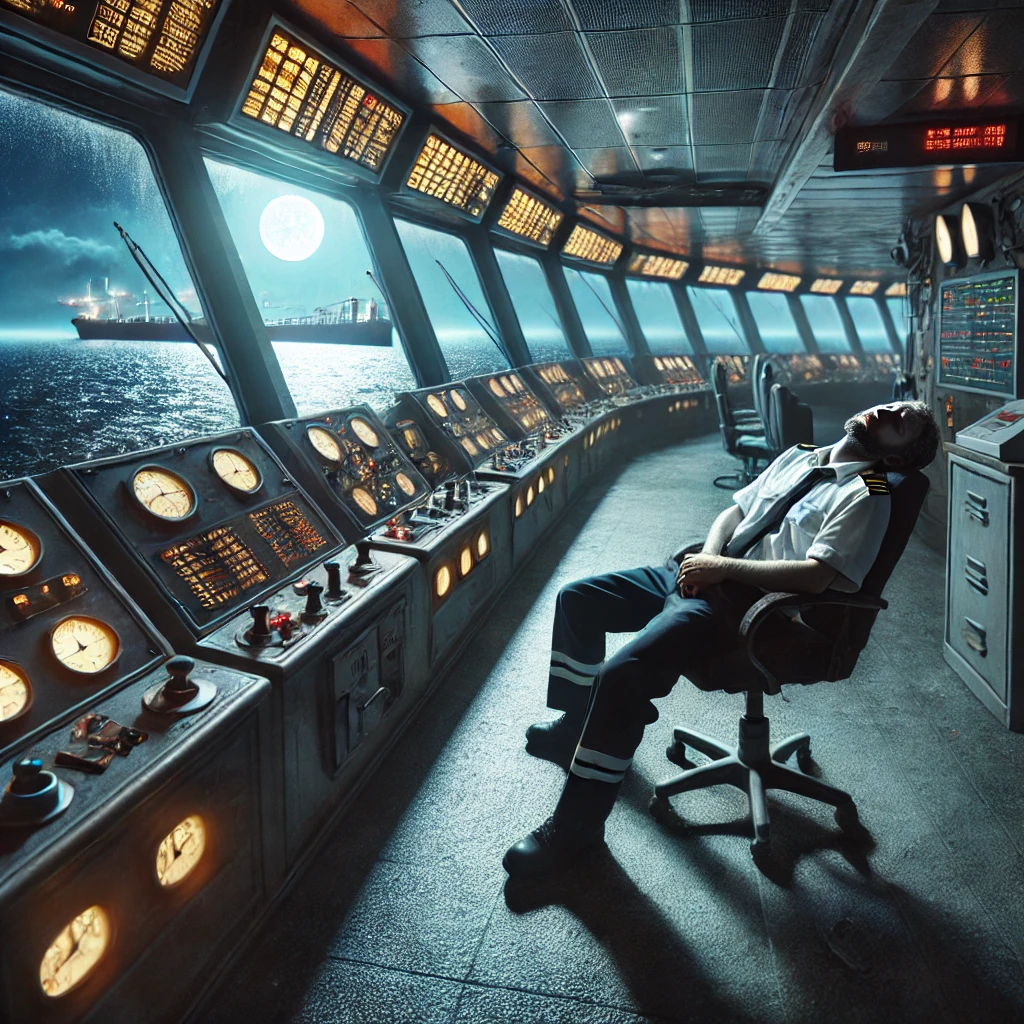Huntington Ingalls Industries’ technical solutions division has announced the successful integration of its advanced autonomy solutions with Sea Machines Robotics’ SM300 autonomy product. The integration of these autonomous capabilities supports complex mission planning and collaboration between unmanned systems.
The demonstration, which took place late last year in the Chesapeake Bay off the coast of Virginia Beach, Va., involved overlaying HII’s collaborative autonomy and mission planning behaviors with the Sea Machines SM300 system on an unmanned surface vessel (USV).
“This represents an important milestone in our continued autonomy development,” Duane Fotheringham, president of Technical Solutions’ Unmanned Systems business group, said in a prepared statement. “The integration was seamless and illustrates the immense potential for our open architecture autonomy to work collaboratively with other autonomous systems.”
Sea Machines’ SM300 system can be outfitted to ocean-capable vessels to enable remotely commanded USV operations or can work alongside an onboard crew to elevate the capability, precision and endurance of a mission-driven vessel. During the demonstration, HII’s autonomy managed mission delegation and enabled collaborative autonomy with other unmanned systems while providing the SM300 system information to manage the USV heading and speed.
“Sea Machines’ products are developed to integrate readily with the wide range of vessel types. Our goal is to fit seamlessly into a vessel’s command and control stack which in some cases will include information and control systems from other autonomy systems either above or below our technology,” said Michael G. Johnson, CEO of Sea Machines. “We are encouraged by the rapid progress demonstrated by the HII team as they integrate their technology with our product to elevate the capability of their customers.”
The open architecture and modularity of HII’s autonomy make it a flexible, scalable option for customers seeking to enhance their current autonomy platform with additional advanced capabilities. HII’s collaborative autonomy enables complex mission delegation to multiple unmanned assets that all share situational awareness. Together, HII and Sea Machines will offer varying levels of autonomy complexity for different operations.
In July 2020, HII announced a minority share investment in Boston-based Sea Machines as part of its expansion into the unmanned systems. This investment complemented other company investments in autonomy, artificial intelligence and machine learning, cyber, C5ISR, and advanced modeling and simulation to support a more integrated, connected force. In May of 2021, the SM300 was integrated on an HII test platform.
Since then, HII has further developed and refined its own autonomy solutions, including collaborative autonomy, advanced health monitoring, and sensor fusion and perception, which have been fielded on 23 vessel types for more than 6,000 hours.
Source: workboat





